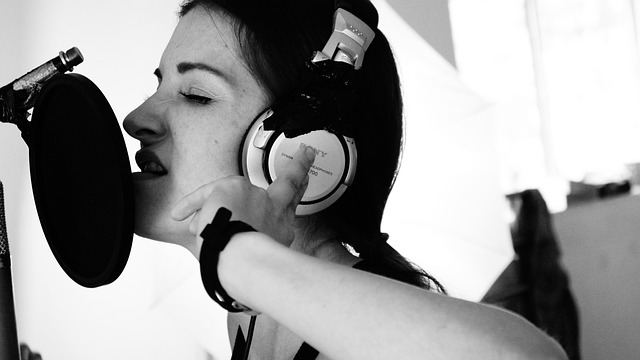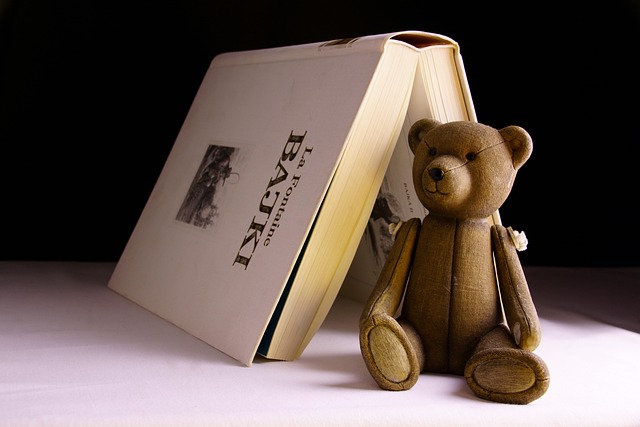Article Title:Naturalistic and experimental analyses of word frequency and neighborhood density effects in slips of the ear
Abstract:
A comparison of the lexical characteristics of 88 auditory misperceptions (i.e., slips of the ear) showed no difference in word-frequency, neighborhood density, and neighborhood frequency between the actual and the perceived utterances. Another comparison of slip of the ear tokens (i.e., actual and perceived utterances) and words in general (i.e., randomly selected from the lexicon) showed that slip of the ear tokens had denser neighborhoods and higher neighborhood frequency than words in general, as predicted from laboratory studies. Contrary to prediction, slip of the ear tokens were higher in frequency of occurrence than words in general. Additional laboratory-based investigations examined the possible source of the contradictory word frequency finding, highlighting the importance of using naturalistic and experimental data to develop models of spoken language processing.
Keywords: mondegreens; neighborhood density; speech errors
DOI: 10.1177/00238309020450040501
Source:LANGUAGE AND SPEECH
Welcome to correct the error, please contact email: humanisticspider@gmail.com



